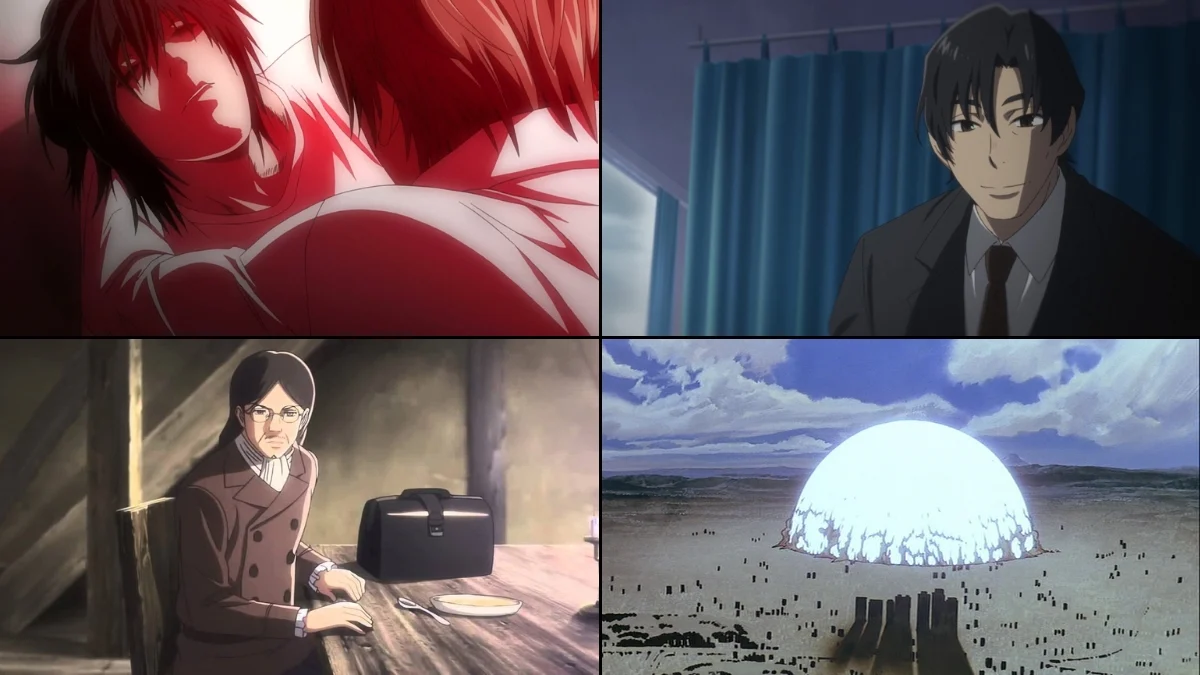
Certain anime series deliver twists that aren’t just surprising—they completely alter your understanding of everything that came before, changing character motivations and the very rules of the story. Here are some of those game-changing reveals, with a brief explanation of what happens, why it’s important, and how it impacts the characters and the overall plot. Be warned: spoilers follow!
‘Attack on Titan’ (2013–2023) – The truth in the basement and the world beyond the Walls

The basement, long hinted at, held records revealing that people within the Walls are actually Eldians separated from the outside world by the nation of Marley – they aren’t the last humans on Earth. These records introduce Marley, explain that Titans are Eldians turned into weapons, and show a much bigger world conflict. This completely changes the story’s initial idea of a self-contained world and reframes Titans as instruments of war, not just mindless monsters. The discovery shifts the focus from simply surviving to a larger international war and a history of oppression, making the characters question who their true enemies are and where their loyalties lie.
‘Death Note’ (2006–2007) – L’s defeat and the arrival of new successors
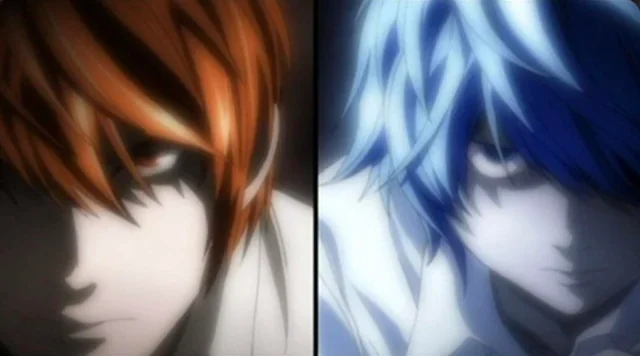
About halfway through the series, things took a really dark turn when L tragically died – Light totally played Rem and got her to kill him! That shifted the whole game, pitting the investigation against Near and Mello. It wasn’t one unified front anymore; they split up, each trying different approaches and taking on different risks. Light, meanwhile, started climbing the ladder and gaining real power, but the new investigators weren’t like L – they didn’t think the same way, which actually threw Light off his game. It felt like the chase started all over again, with new tricks, weaknesses, and ultimately, a way to finally expose how Kira was operating.
‘Code Geass’ (2006–2008) – The Zero Requiem
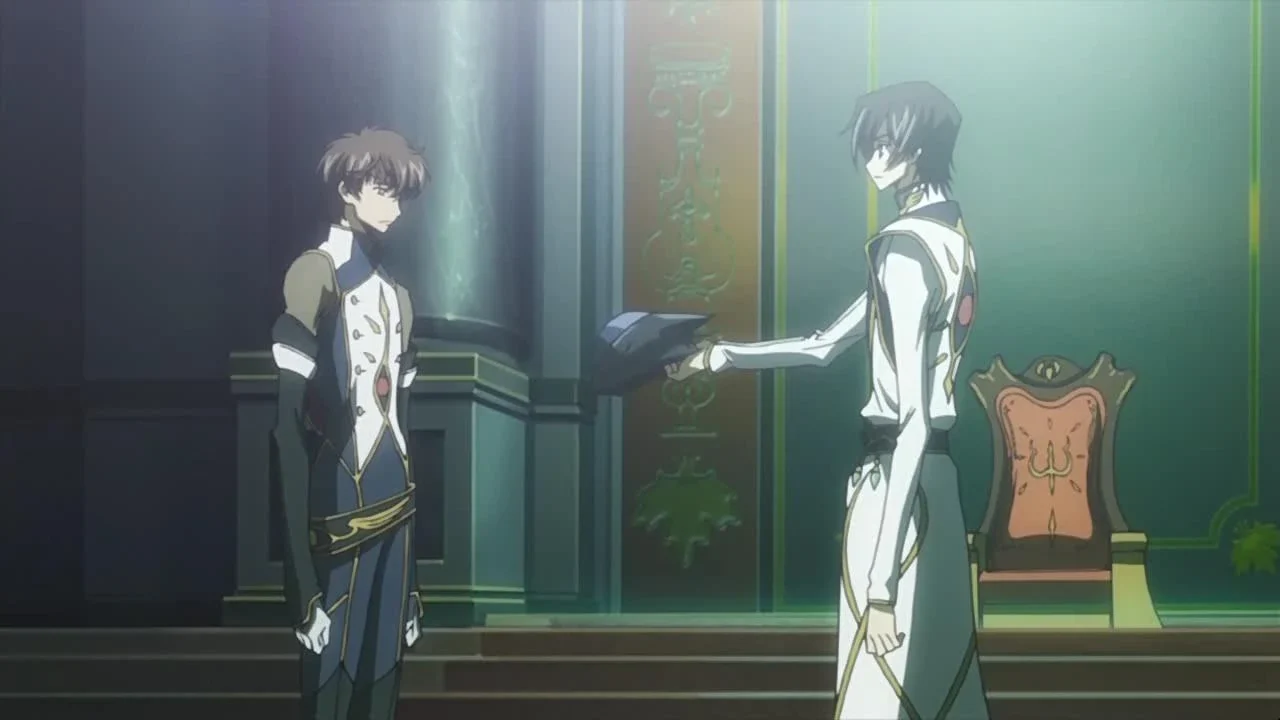
Lelouch and Suzaku devised a plan to end the conflict by making Lelouch appear as the common enemy and having Suzaku, disguised as Zero, defeat him publicly. This was intended to channel all the world’s anger into one person, creating a release that would stop the endless cycle of revenge. The plan relied on keeping everything secret, carefully staging events, and manipulating symbols rather than conquering land. Ultimately, they aimed to redefine victory not as a conquest, but as a dramatic act of sacrifice, controlled through storytelling.
‘Puella Magi Madoka Magica’ (2011) – Witches are corrupted magical girls
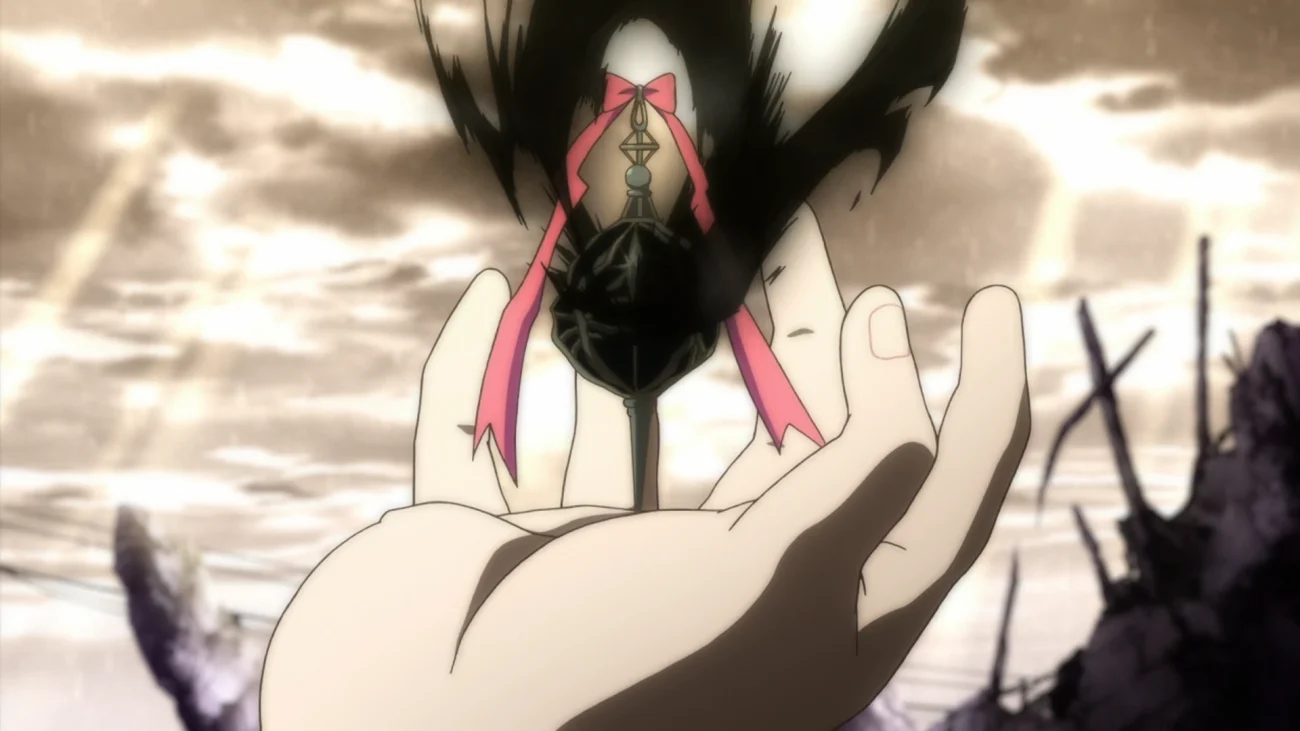
Kyubey’s system shows that witches are born from the sadness of magical girls, meaning every time a magical girl ‘wins,’ it actually creates a future problem. Their soul gems are both what keep them alive and what ultimately leads to their downfall, linking the power they get from wishes to the inevitable increase of chaos. Homura’s constant time loops highlight how cruel this system truly is, as she repeatedly fails to fix things. This revelation changes how we see the contracts magical girls make – they’re not about saving people, but about collecting energy. This pushes Madoka to look for a way to change the entire system, not just win a single fight.
‘Fullmetal Alchemist: Brotherhood’ (2009–2010) – The Philosopher’s Stone’s true ingredients
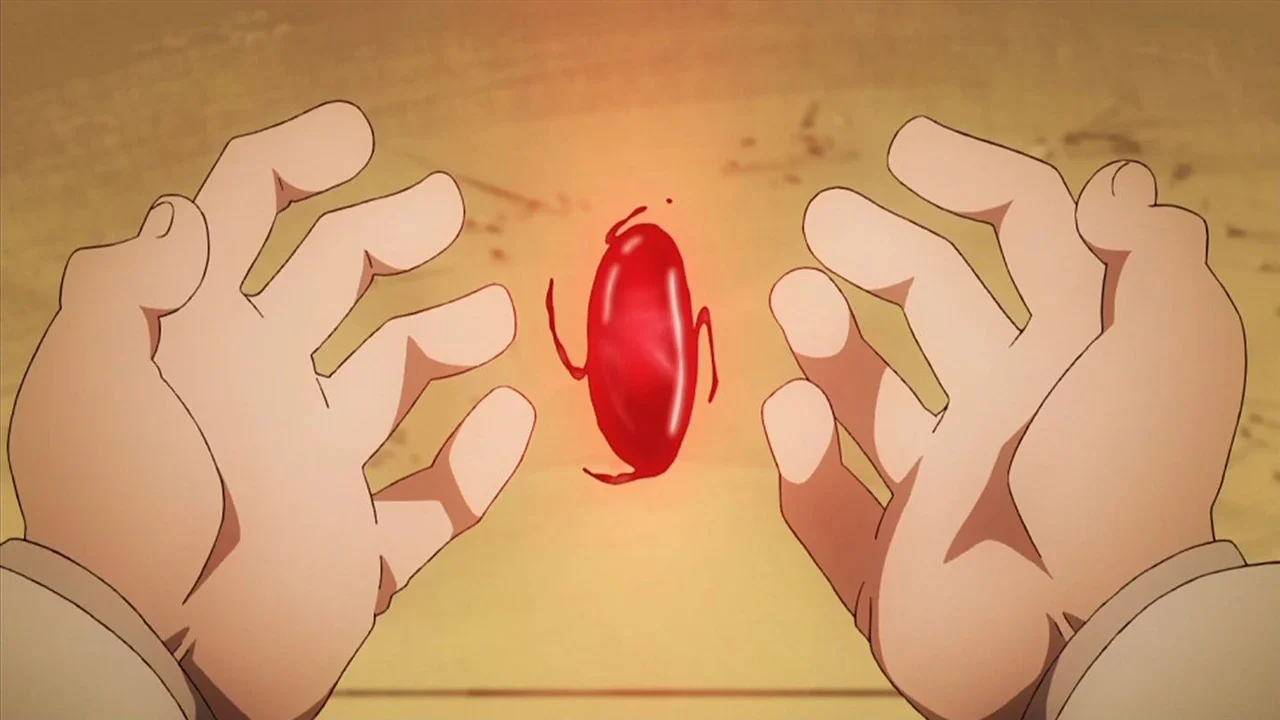
As a total cinema devotee, I was floored to discover the film’s central twist: the legendary Philosopher’s Stone isn’t made from exotic ingredients or complicated spells, but from people – from human lives. It suddenly made sense of all those historical ‘miracles’ that always felt…off. The film brilliantly connects grand national ambitions to truly horrifying sacrifices. And it explains why the bad guys are so desperate to keep everything secret! This revelation forces our heroes to abandon any quick fixes, embrace ethical alchemy, and ultimately, to face up to crimes committed at the highest levels of government. It’s a dark turn, but a powerfully resonant one.
‘Neon Genesis Evangelion’ (1995–1996) – Rei’s origins and Instrumentality’s design
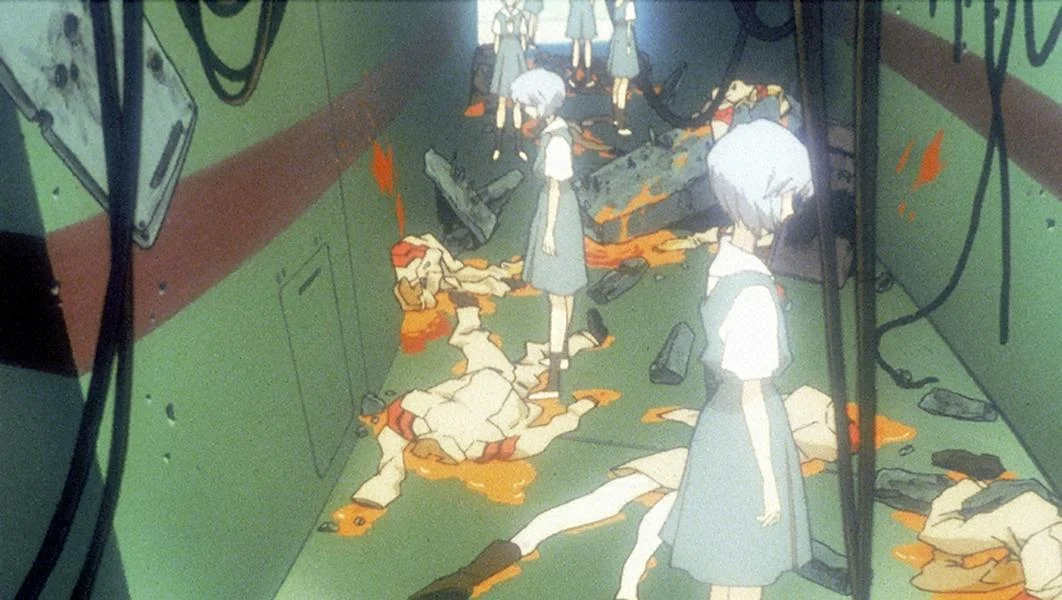
The truth about Rei is uncovered: she’s not a single person, but a series of clones connected to Lilith, which explains her incredible ability to recover and her strange actions. The organization SEELE is trying to eliminate individuality and create one unified consciousness through the Evangelions and by causing massive disasters. While Gendo and SEELE have different goals, they both use the same mysterious combination of spiritual and scientific methods. This revelation changes how we see the battles – they aren’t just about defending against attacks, but are actually part of a plan to merge all of humanity into one being.
‘The Promised Neverland’ (2019–2021) – Grace Field House is a farm

The seemingly normal orphanage is actually a farm raising children as high-value goods for demons – their intelligence directly impacts how much they’re worth. The rigid schedules and constant monitoring aren’t for care, but to track and prepare the children for shipment. Isabella, the caretaker, motivates her staff to focus on the children’s ‘quality’ as products, not on their education. This shocking discovery changes the story from a peaceful everyday life to a tense escape plan focused on careful planning and trickery.
‘Berserk’ (1997–1998) – The Eclipse and Griffith’s choice
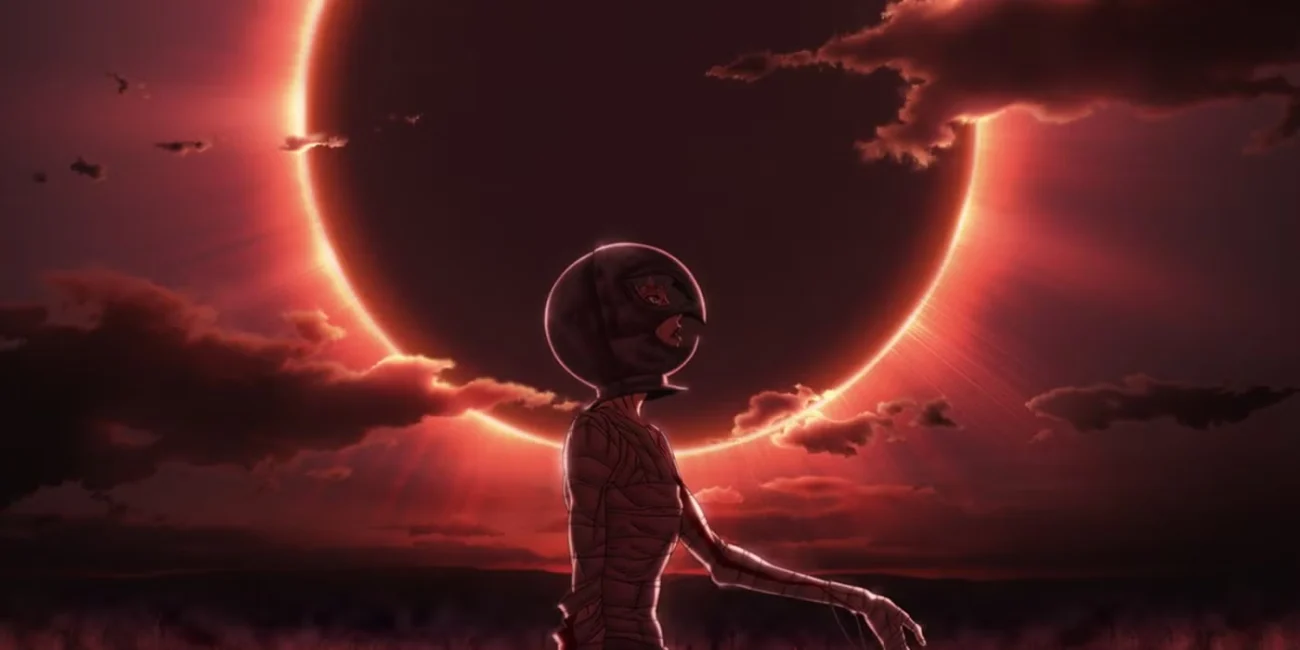
During the Eclipse, Griffith uses the Behelit, sacrificing his friends to become a member of the God Hand. This event establishes the series’ dark themes, the structure of its demonic world, and the constant presence of supernatural forces. It also explains why Guts is relentlessly hunted by monsters and why his quest for revenge feels unavoidable. Essentially, what began as a story about military ambition transforms into a desperate fight against a powerful, predetermined fate.
‘Steins;Gate’ (2011) – The world-line trap and the true route to salvation
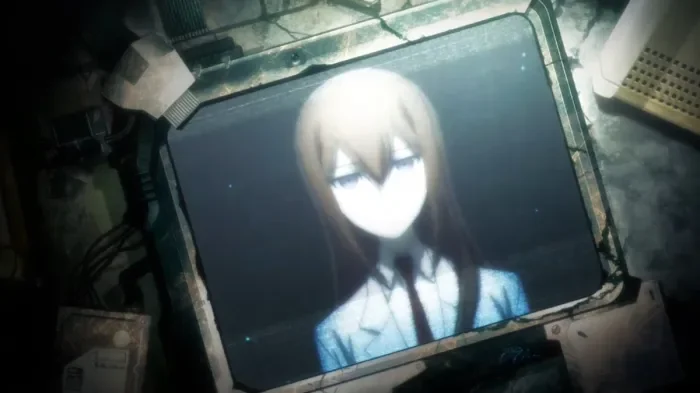
Okabe realizes that each time he saves a friend, it inadvertently causes a disaster for someone else, all because of how timelines are connected. Sending D-mails doesn’t just fix things; it changes reality, though some events are still destined to happen. To truly change things, he needs to recreate events exactly as they occurred to create a different outcome. This means time travel isn’t about endless do-overs, but a complex system with limitations.
‘Psycho-Pass’ (2012–2013) – The Sibyl System’s human core
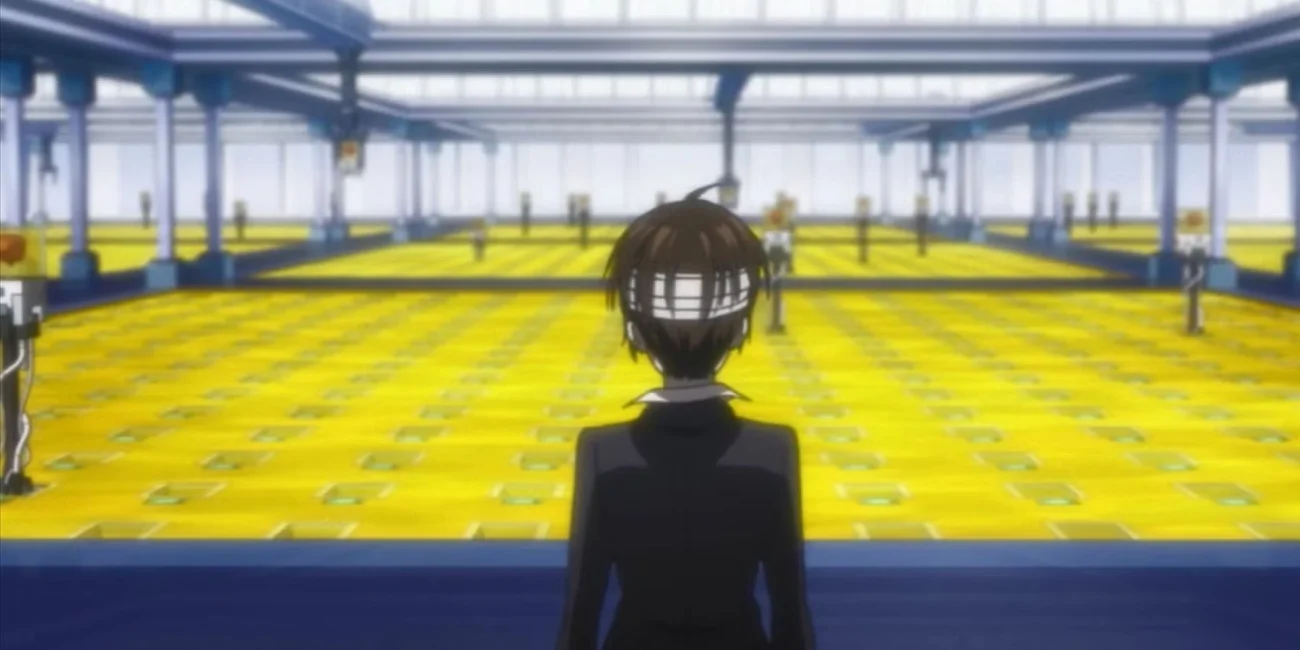
Sibyl is a secret network of people with unique brains who quietly control how society is judged. This explains why some criminals seem to slip through the cracks and why it’s so hard to understand how the justice system works. It turns out that what we think of as ‘fair’ justice is actually shaped by a few unusual individuals. The system prioritizes staying hidden over being morally right, meaning those who can avoid detection are the ones really in control.
‘From the New World’ (2012–2013) – Queerats’ true identity

I’ve learned something incredible – and deeply unsettling. Apparently, the ‘Queerats’ aren’t a separate species at all, but people who were deliberately changed, altered to block any potential psychic abilities. What’s even more shocking is they’re controlled not by force, but through carefully crafted stories and laws. It seems like this control isn’t total, though. Their obedience is a long game, a way to hide a deep, simmering resistance. Everything – the historical records that have been hidden, the strange rituals we’ve seen – it’s all designed to keep this power structure in place and crush any hint of rebellion. This discovery has completely turned my understanding of everything on its head – what we thought about different species, what’s right and wrong, and who truly holds the power.
‘Your Lie in April’ (2014–2015) – Kaori’s letter and the confession behind the “lie”
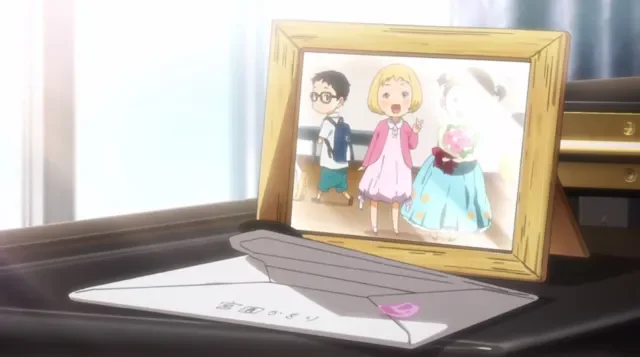
Kaori’s letter, written before her death, explains when she first became ill and clarifies that she truly loved Kōsei, despite pretending to date another classmate. She created the false relationship to protect him from potential pressure and to remain close to him. The medical information and dates of her performances match up with her unexpected hospital stays and dangerous surgery. The letter also shows that the times they performed together weren’t just chance occurrences, but intentional acts of kindness from Kaori.
‘Erased’ (2016) – The teacher’s identity as the serial kidnapper
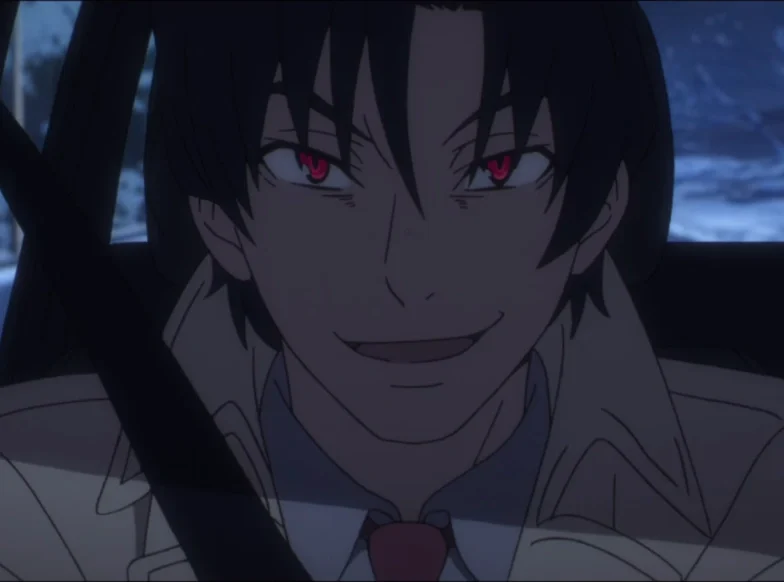
Satoru discovers his mentor is responsible for a series of kidnappings in different towns. The connection is revealed through seemingly insignificant details – like the type of car used, a specific brand of candy, and carefully planned alibis. This explains why clues keep vanishing and investigations hit dead ends. What was once a supportive relationship now becomes a dangerous pursuit, aided by someone within a powerful organization.
‘Perfect Blue’ (1997) – The real aggressor behind the blurred reality
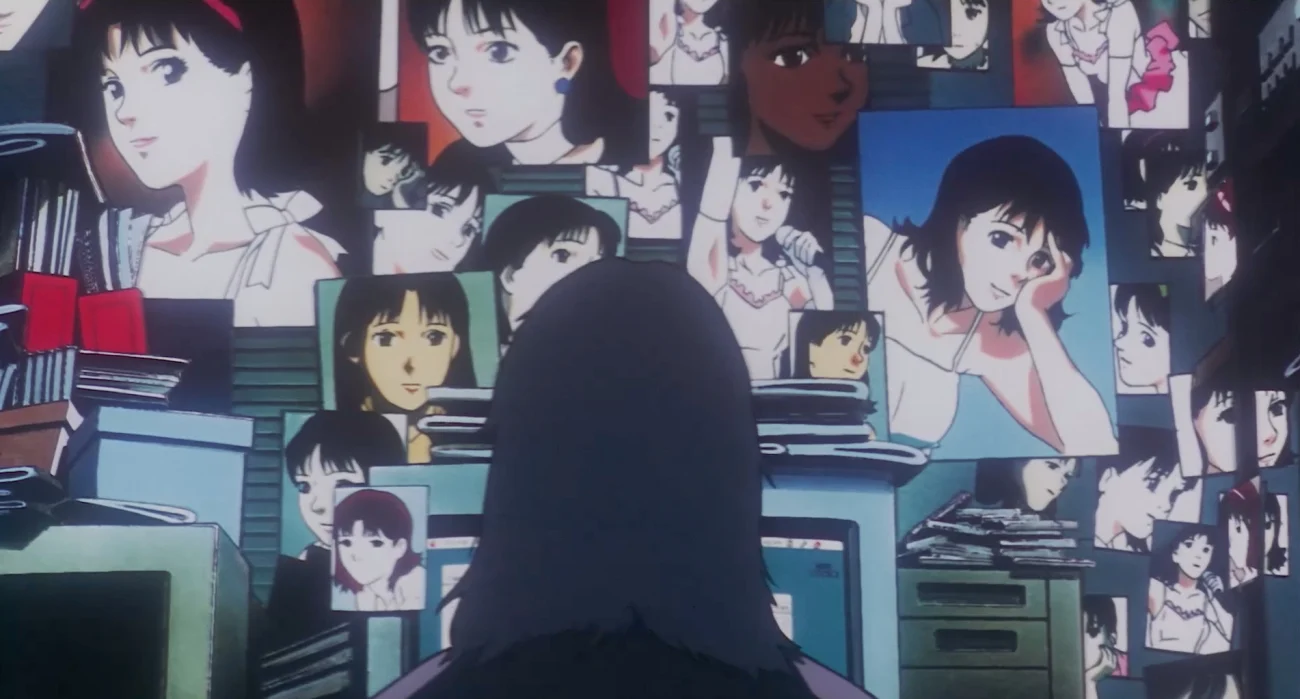
Someone seemingly stalking the idol is being used by another person – a manager who is determined to maintain a perfect public image. The source of the threats is hidden through a complex mix of online content, the idol’s on-screen roles, and even distorted perceptions. The story reveals that the attacks are connected to efforts to protect a carefully constructed fictional persona. It explores how controlling someone’s image can lead to violence when the truth doesn’t match the promoted brand.
‘Serial Experiments Lain’ (1998) – Lain’s constructed nature and the Wired’s reach
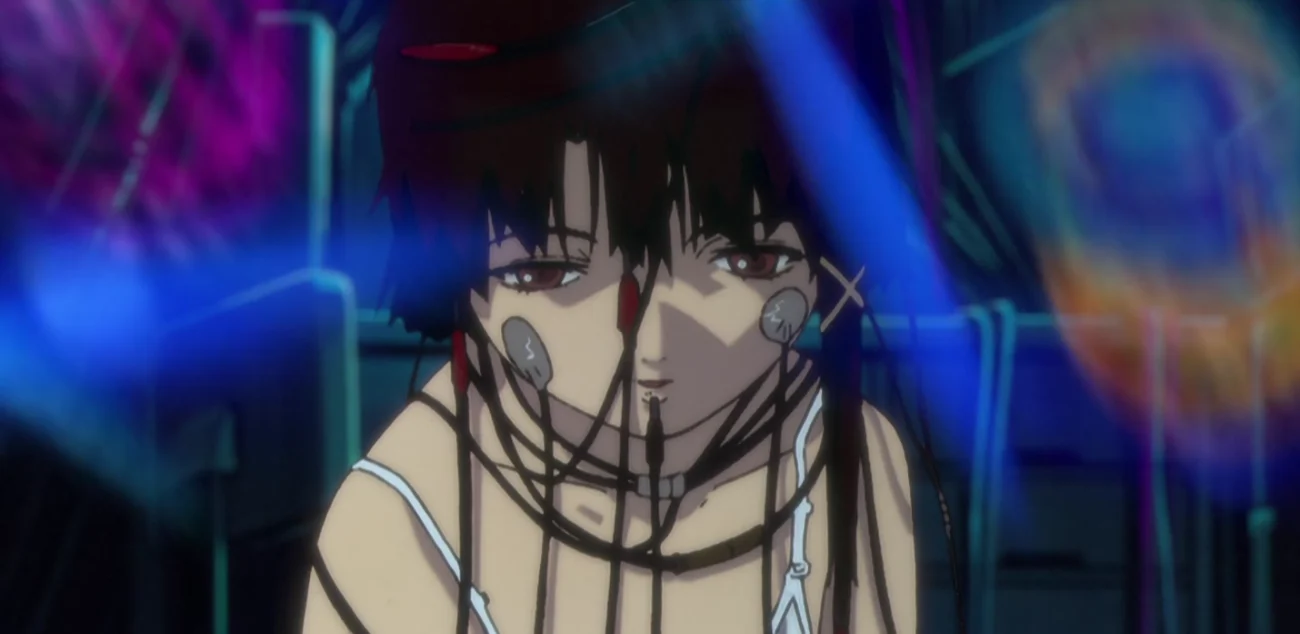
Lain is discovered to be a being connected to the Wired, existing outside of normal reality. Changes to network rules and memories demonstrate how online systems can erase a person’s sense of self. A group is trying to combine the real world and the digital world by taking advantage of the growing awareness within communication networks. This reveals that identity isn’t fixed by birth, but rather something created and maintained through shared information.
‘Gurren Lagann’ (2007) – The Anti-Spiral revelation
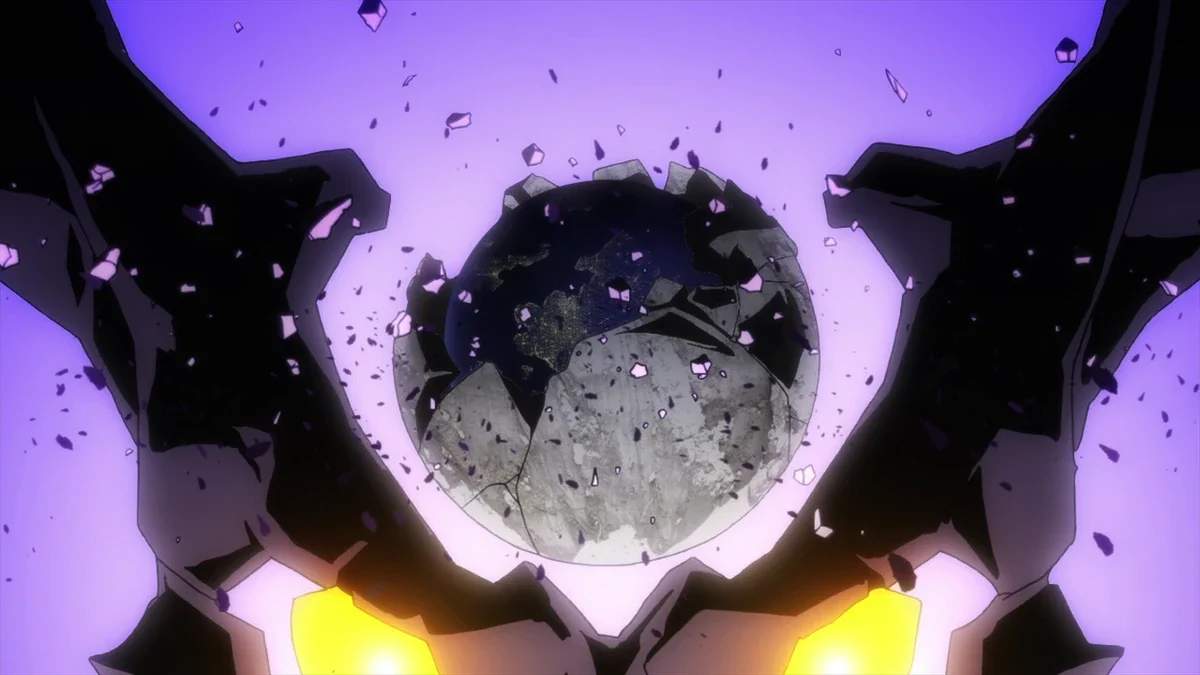
The Anti-Spiral are a group born from beings who deliberately halted their own development, fearing a future disaster. Their methods, like blocking dimensions and manipulating probabilities, might explain why humanity’s advancements have sometimes stalled. This shows that ‘spiral power’ isn’t just about confidence, but a measurable danger. Understanding this changes how we see escalating conflicts – they aren’t random, but part of a larger, controlled struggle across the universe.
‘Angel Beats!’ (2010) – The school as a liminal afterlife

The college campus functions as a place where students work through past disappointments before starting their futures. To keep things running smoothly and prevent overwhelming sadness, the environment and its people operate with a certain predictability, almost like a game. The student council helps manage frustrations by organizing events and activities. A key revelation explains why setbacks don’t last and why certain memories only reappear when specific events happen.
‘Akira’ (1988) – What “Akira” really is
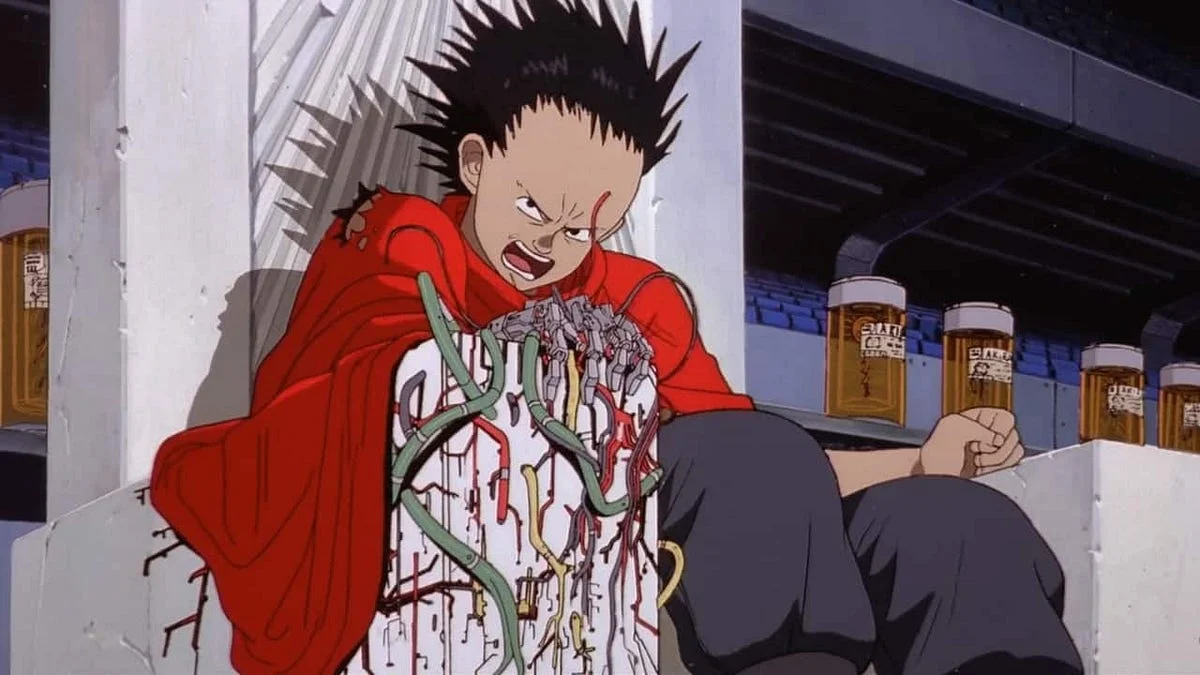
“Akira” isn’t a godlike figure, but the name given to a child who was studied after being taken apart for research. Following a large-scale disaster, the government monitored and tried to control the development of psychic abilities. Tetsuo’s sudden increase in power is similar to levels Akira once reached, suggesting these events are rooted in past government experiments and kept secret from the public.
‘Clannad: After Story’ (2008–2009) – The Illusionary World and the reset
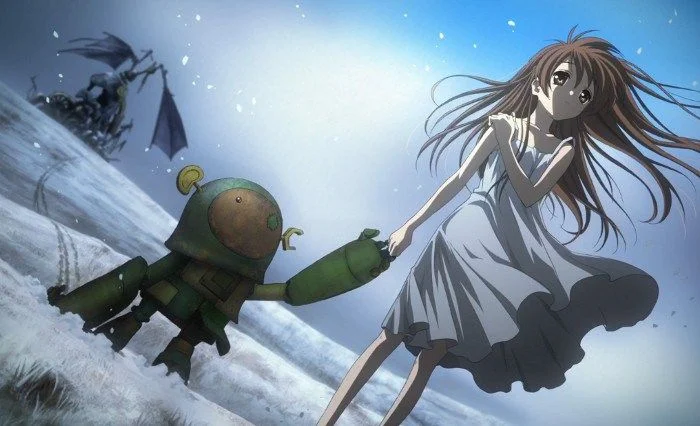
Wishes that come true create glowing orbs, and when enough of these orbs gather, they have the power to change reality. The Illusionary World shows a connected, alternate place where these orbs exist. Tomoya’s decisions and relationships build what’s needed to undo past events. The story reveals that strong family connections are linked to a mysterious force that can reverse a series of heartbreaking losses.
‘School-Live!’ (2015) – The cheerful club in a zombie catastrophe

The “School Living Club” is a way for one student to avoid facing a dangerous reality. Everyday school activities – like classes, events, and even simple tasks – are actually essential for their survival. They’ve turned securing supplies, building defenses, and growing food into normal parts of school life, allowing them to endure. The show cleverly mixes cheerful scenes with subtle hints of the danger and deterioration around them.
‘Paranoia Agent’ (2004) – Lil’ Slugger as a social delusion
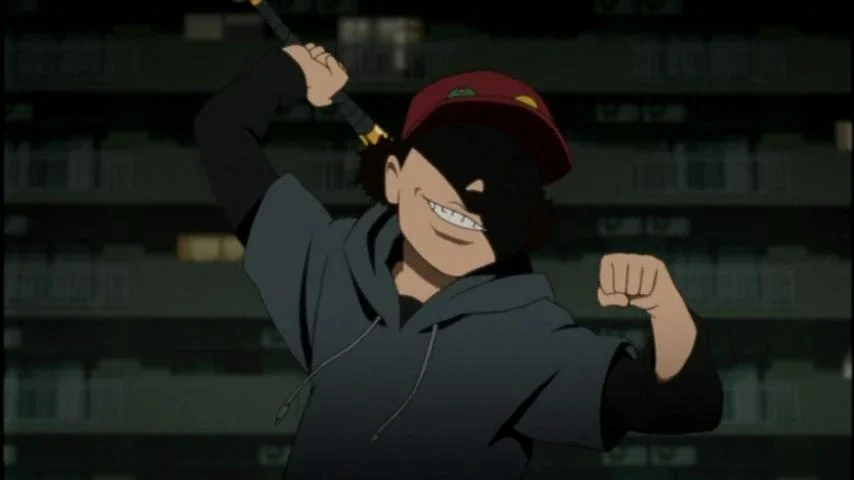
Evidence suggests the attacker isn’t a single person, but more of a shared fantasy people project their fears onto. Conflicting reports and sightings seem to coincide with times when public anxiety is high. The more the media covers the story, the more the figure changes and new incidents appear, suggesting the ‘culprit’ is actually a story that evolves based on fear and what’s easy to believe.
‘Re:Zero − Starting Life in Another World’ (2016–) – The source and cost of “Return by Death”
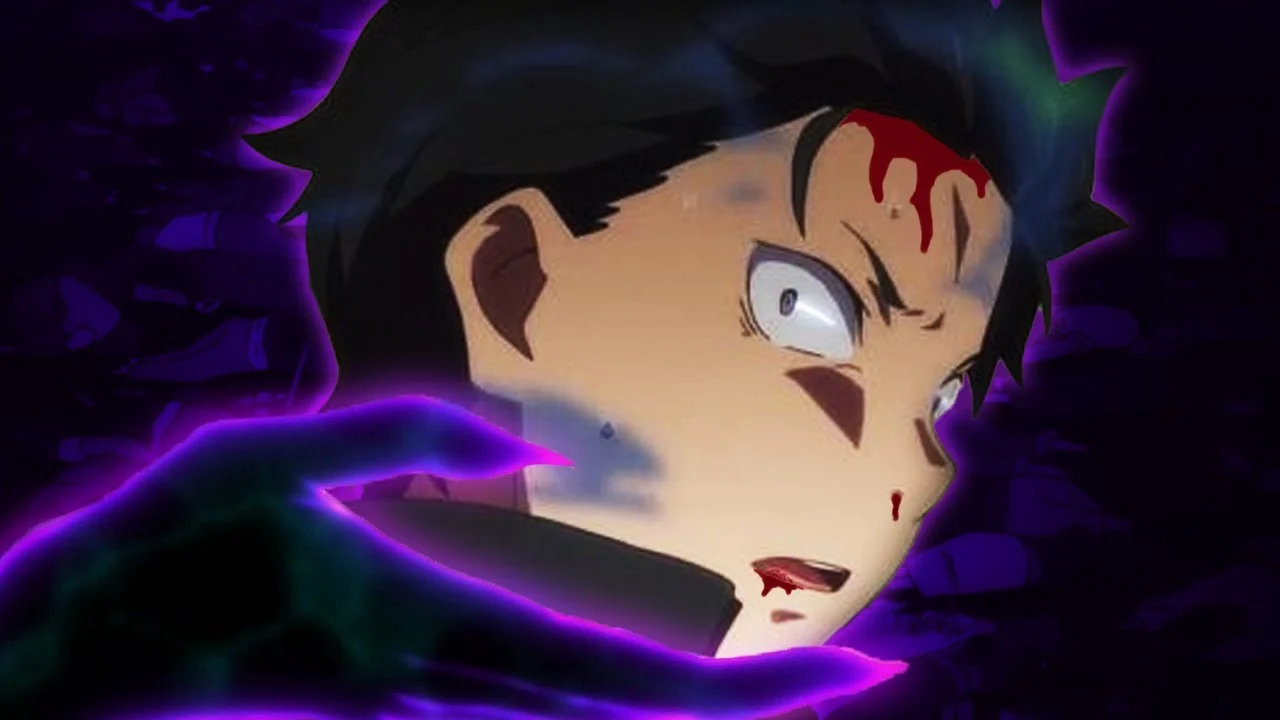
Subaru’s ability to return from death is granted by the Witch of Envy, but comes with rules he’s forbidden to reveal, or face consequences. Each time he resets, it leaves subtle clues that his enemies can detect, and how they interpret these clues shapes the alliances he makes and loses. This establishes that resurrection isn’t a simple escape, but a binding agreement with limitations.
‘Revolutionary Girl Utena’ (1997) – “End of the World” unmasked
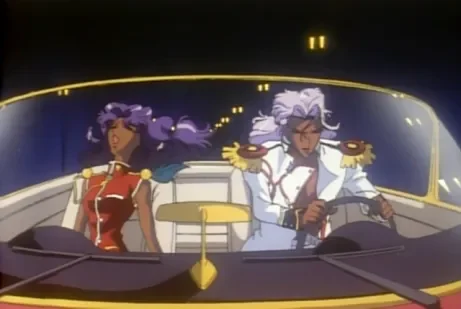
The person behind the duels is revealed to be Akio, who uses fake miracles to control the students. The dueling system turns people’s hopes and dreams into a commodity, falsely promising change while actually keeping things the same. Anthy’s position as the Rose Bride isn’t a sacred role, but a harmful practice disguised as tradition. This discovery shows how powerful systems stay in control by exploiting the desires of young people.
‘Monster’ (2004–2010) – The picture-book author and the experiment network

The author of a popular children’s book has been revealed to also be involved in secret psychological experiments conducted with children in orphanages. These experiments focused on developing traits like detachment and charm in specific individuals, seemingly for hidden purposes. Records from medical facilities and connections within the publishing world confirm this link. This discovery shockingly connects a beloved children’s story to a hidden history of abuse.
‘Higurashi When They Cry’ (2006) – The loops and the syndrome’s cause
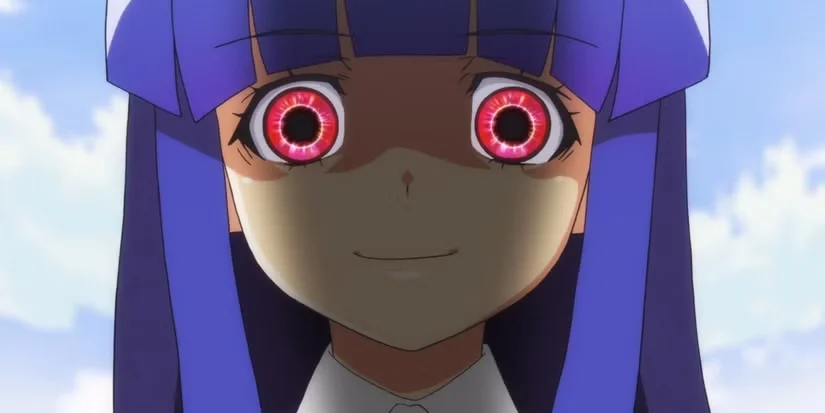
Repeated disasters are caused by a mysterious illness linked to a parasite, which is worsened by stress, fear, and outside events. A woman named Rika remembers each cycle and uses what she learns to try and stop it. Those in power are taking advantage of the situation to maintain control and hide their own activities. The truth behind these events isn’t supernatural, but rather a matter of how the illness spreads and how communities can work together to prevent it.
Okay, fellow movie lovers, I’m dying to know – what’s the plot twist that absolutely floored you? Seriously, the one that stuck with you long after the credits rolled? I’m still reeling from a few myself, and I want to hear which ones are constantly replaying in your head. Let’s talk twists in the comments!
Read More
- Fed’s Rate Stasis and Crypto’s Unseen Dance
- Blake Lively-Justin Baldoni’s Deposition Postponed to THIS Date Amid Ongoing Legal Battle, Here’s Why
- Dogecoin’s Decline and the Fed’s Shadow
- Ridley Scott Reveals He Turned Down $20 Million to Direct TERMINATOR 3
- Baby Steps tips you need to know
- Global-e Online: A Portfolio Manager’s Take on Tariffs and Triumphs
- The VIX Drop: A Contrarian’s Guide to Market Myths
- Top 10 Coolest Things About Indiana Jones
- Northside Capital’s Great EOG Fire Sale: $6.1M Goes Poof!
- A Most Advantageous ETF Alliance: A Prospect for 2026
2025-10-26 17:48